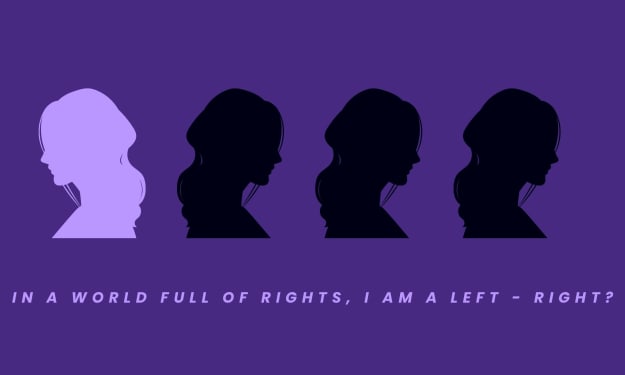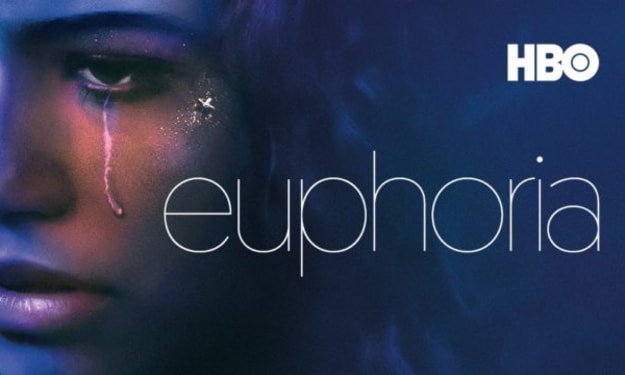‘Prey’ receives rave reviews, but work stills needs to be done
Read on to take in an authentic, nit-picking critique from an Indigenous viewer on 'Prey'

Spoiler warning — if you do not want to read spoilers for Dan Trachtenberg’s Prey, sequel to Predator of 1987, please stop reading.
From the movie Beans, the movie The Grizzlies, to the show Reservation Dogs, each have emerged as influenced by or created from Indigenous minds.
And not only do they capture stories, understandings, nuances and the humour we share in our homes, but they collectively unite us on a front of fandom and appreciation. Accurately represented films and television raise up the faces of Indigenous people and give them a platform to take up the space that we so dearly want to see authentically filled.
As for Prey, I sat down with my family over the weekend to watch what I hoped would be another addition to the wall of great representation. And in essence, it was, but there are fundamental issues I can identify that have nothing to do with the cast, and everything to do with common Hollywood practice.
In my honest opinion, the movie overall is a great step in the right direction; Jhane Myers, a member of the Comanche Nation, was cited as integral to the authenticity of the film. But the water of Hollywood still seeped into the cracks.
I can't count how many positive reviews I have seen on the movie Prey, but I can count on 5 fingers how many were negative. I think that as Indigenous people, we’ve been waiting, craving accurate representation on the big screen for so long, that we might not see the persistent issues at first because we want to, finally, celebrate.
And so, here are six (nit-picking) issues I identified while watching Prey:
1. Off the bat and quite unfortunately, the film tied gender roles and identities to the plot of the story—sexism was shown that likely didn’t exist in Indigenous societies given the time of 1719.
2. When Naru, the main heroine made an offering to a skinned buffalo carcass, she prayed and the sounds of chanting played in the background. I cringed and wondered why the accompanied audio was necessary. Hollywood seems to mythologize Indigenous practices and spiritualities for theatrics, which at minimum, is tone-deaf.
3. The next is the application of healing medicine. With dirt-covered hands, Naru would apply medicine onto her wounds and others and I think that speaks to a degenerative view of Indigenous knowledge and medicine. If anything, it perpetuates the message that Indigenous medicine is a primitive and unclean practice, which isn’t historically accurate either.
4. Next, in the scene where Naru is assaulted by her brothers hunting party, my stomach tied itself in knots. Not because she might lose, but because it inadvertently reminded me of the stereotype that follows Indigenous men: the stigma that they are abusive and violent towards women. I question the historical accuracy of that scene to the ninth degree.
5. When a Comanche speaking translator speaks to Naru, she doesn’t respond, and in-turn, her brother takes punishment from the irate French leader. This definitely made her appear incapable of assessing social situations, which in turn might be interpreted as stupidity—another stigma. She later uses this as a reason to fashion the Yautja (Predator) to kill the French leader, which contradicts the fact that she couldn’t move to help her brother while he was alive.
6. This leads me to my final point: Naru is the first big action-oriented and Indigenous female lead character we’ve been able to see in a franchise like this. Yet, her character design and development wasn’t given large jumps in triumph and beautiful growth—it was confusing. She could throw an axe accurately between two trees, but didn’t have the dexterity to shoot an arrow at a charging bear. She could go toe-to-toe with her brothers hunting party, yet didn’t know her homelands enough to avoid a quick-sand bog. She could take down a camp of five men to save her companion, but froze while her brother fought the Yautja. She would have moments of action and power, then revert as soon as she was face to face with a dire situation. That made it very difficult to feel pride in her when she finally did triumph; our living room was full of "finally" and shaking heads. It was very back and forth and I truly wish the creators had given her character consistency, instead of using her actions as a plot device to create suspense.
As for what I did appreciate: I consider the entire cast wonderful. The fight scenes were well executed and realistic. The fact that the film is offered in a Comanche dub and filmed on Comanche territory is even better. The cast also used real Comanche sign language in the film and adopted Comanche tactical fighting style. As of today, the film holds a 92% Rotten Tomatoes score.
Also, Coco the Carolina dog who played Sarii, Naru’s canine counterpart, was a delightful and refreshing representation of a Rezdog (Carolina dogs are considered to be a breed of dog that accompanied Indigenous nations pre-European contact).
About the Creator
Chezney Martin
A developing creative writer with a background in journalism, probably day dreaming about the latest Top Stories. Officially in the routine of writing every. single. day. ✍️






Comments (1)
It was interesting hearing your take on this! I watched it last weekend and, as a huge fan of the first Predator movie, I liked it a lot (as soon as you used 'Yautja' I knew you knew what was up). I personally thought that the points you raised in #6 were covered in the plot of the move well enough, and I read #5 as 'fierce pride' rather than stupidity if that's worth anything. I had originally heard they were filming two versions of the film - one in Commanche - so I was a bit disappointed it ended up just being a Commanche dub but oh well. That would have been cool but I got used to the modern accents pretty quickly anyway, so in no way a dealbreaker.